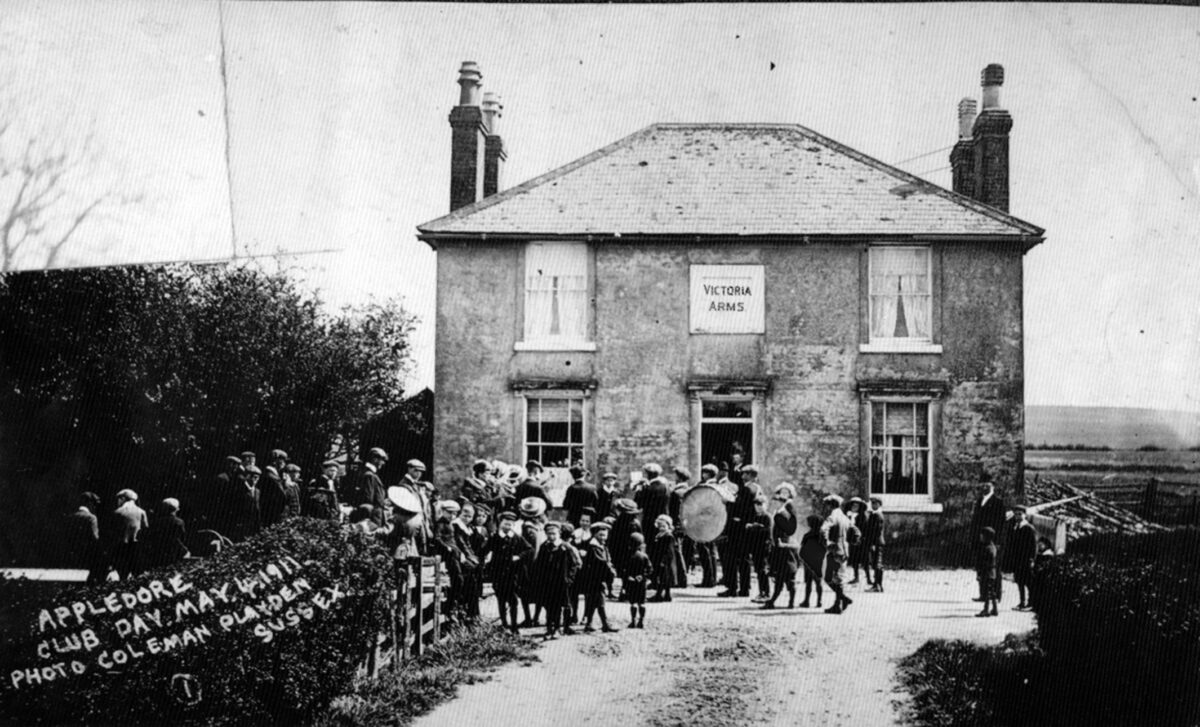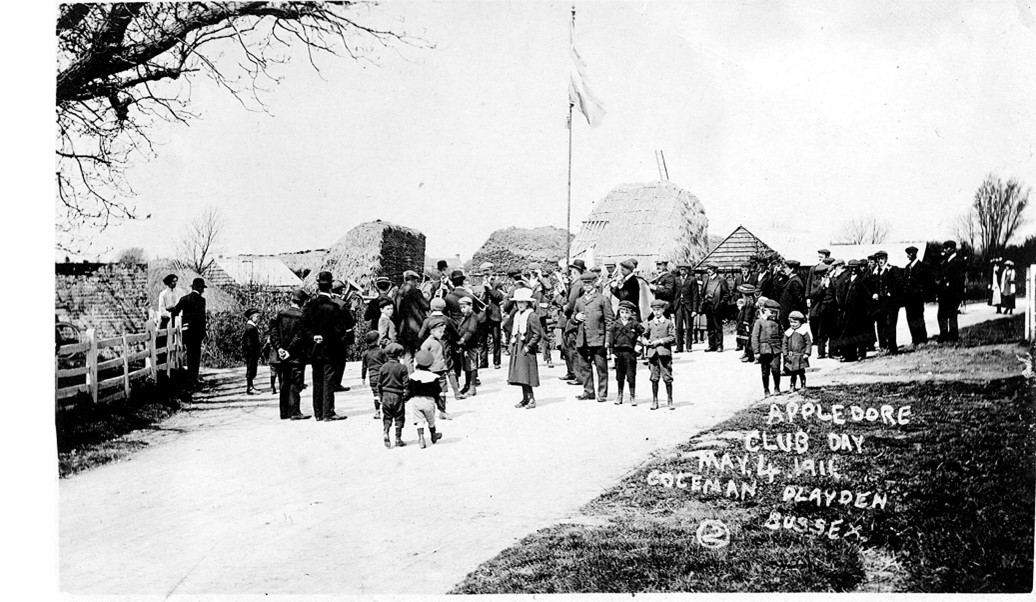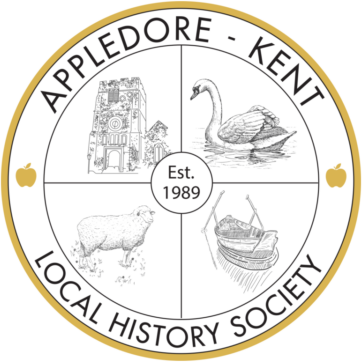Victorian curiosity buried in Appledore Graveyard
Having done a bit of research in the internet, it would seem that with the absence of TV the Victorians found various subjects to entertain themselves, albeit at other peoples’ expense.
When the circus came to town, there would often be side shows, including ‘freak shows’. People with various unusual physical characteristics would be put on show, some being paid very well for this, and some having their own promoters too!
One such person, Charles Chalcroft, unusual due to his above average size, is buried in the Appledore churchyard and the following articles tell the sad tale of his demise;
DEATH OF THE SUSSEX GIANT (11 May 1886, Mid Sussex Times)
An inquest was held at Appledore, Kent, on Saturday last, touching the death of Charles Coulcraft, aged 36 years, who was known as the Sussex giant. The facts as to his death were that on Thursday afternoon, it being club-day at Appledore, deceased was exhibited in a booth as the Sussex giant. He weighed, it was said, 39st. 10lb. Coulcraft was born at Petworth, Sussex, and worked there for years as a blacksmith. He had been living for some time at Faversham, and a publican of that town started with him recently on an exhibiting tour, the first place at which they stopped being Tenterden, on the occasion of the fair on Monday week. On Thursday the giant had exhibited him self to one or two parties of sightseers, and in one of the intervals he dozed in a chair, an occurrence, it seemed, by no means uncommon. At length the man who was showing him tried to arouse him for another entertainment, and then came out, saying “I can’t wake the Colonel.” Mr. Terry, surgeon, was fetched, and at once pronounced that the giant was dead. Heart disease was, beyond question, the cause of death, and a verdict to that effect was returned by the jury.
INQUEST ON THE SUSSEX GIANT (15 May 1886, Faversham News)

A photo of the location of his resting place, in row 11 of the Appledore churchyard (along the left-hand side boundary behind the church building).
On Saturday, George Hinds, Esq., Coroner for the Weald of Kent, held an Inquest at the Swan Inn, Appledore, touching the death of the Sussex Giant, whose real name, it appears, was Charles Chalcraft. The deceased’s father, himself a powerfully made man, gave evidence that his son was born at Petworth, in Sussex, and that he was 37 years of age. He had been exhibiting previously for about a twelve-month, and had started on his present tour about a fortnight. The attendant of the deceased stated that they came to Appledore on Wednesday, from Tenterden Fair, intending to exhibit at Appledore Club on Thursday. In the forenoon the deceased got up between 9 and 10, and he drank a quart of beer but ate nothing. He complained of feeling hot and feverish, and later on he had some gin and water. Afterwards he had another pot of beer, still complaining of feeling faint and feverish, and then he said be would have a doze. He sat down for the purpose, and the attendant going to him about a quarter of an hour afterwards, to summon him to show himself, came out and said “he could not waken the Colonel,” that being the name by which the deceased passed. Mr. J. Garside Terry, surgeon, said he was called to deceased, whom he found sitting in a chair, dead. He had made a post-mortem examination, and found that death arose from disease of the heart. A verdict was returned accordingly.
The deceased was buried immediately after the inquest, in Appledore Churchyard. His coffin was of extraordinary dimensions, and more resembled a van in width and depth than a coffin. Cross beams, with ropes and pulleys, had to be erected to lower the coffin into the grave, and a large number of men had to be employed to convey it to the Churchyard, the weight being over five cwt. A few days previous to his death the deceased had been exhibited at the “Limes Hall of Varieties,” Faversham, as “Barnum’s world-famed Giant, Col. C. Chalcraft,” and he was being taken on an exhibiting tour at the time of his death.
Mr Joseph Garside Terry, mentioned above, is also included in the Appledore burial records, having died in 1918. He appeared quite regularly in relation to untoward deaths, being described as J. G. Terry, Surgeon from Wittersham.

Appledore Club Day, mentioned above, is pictured below (some years later than the articles) in 1911;
A second image of Club Day 1911

